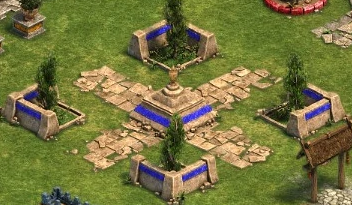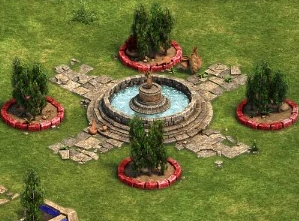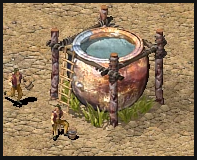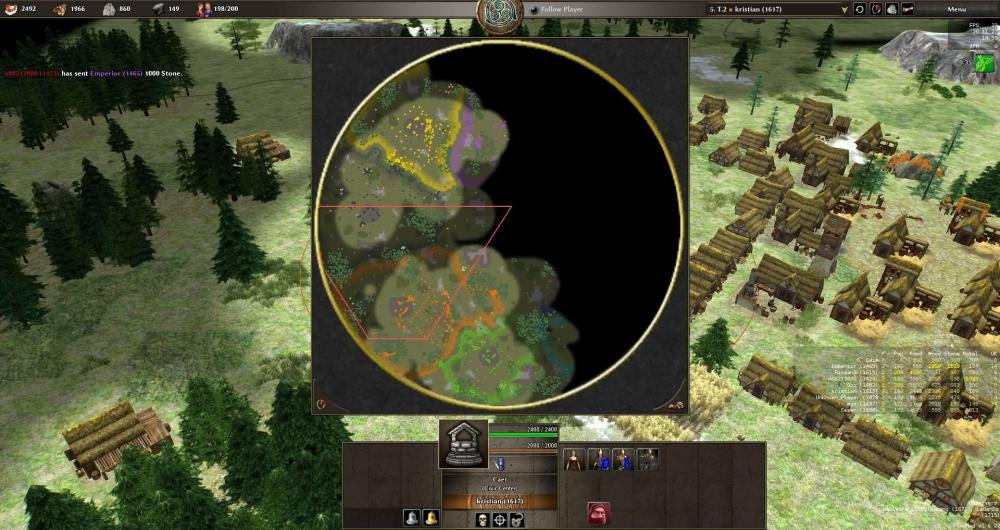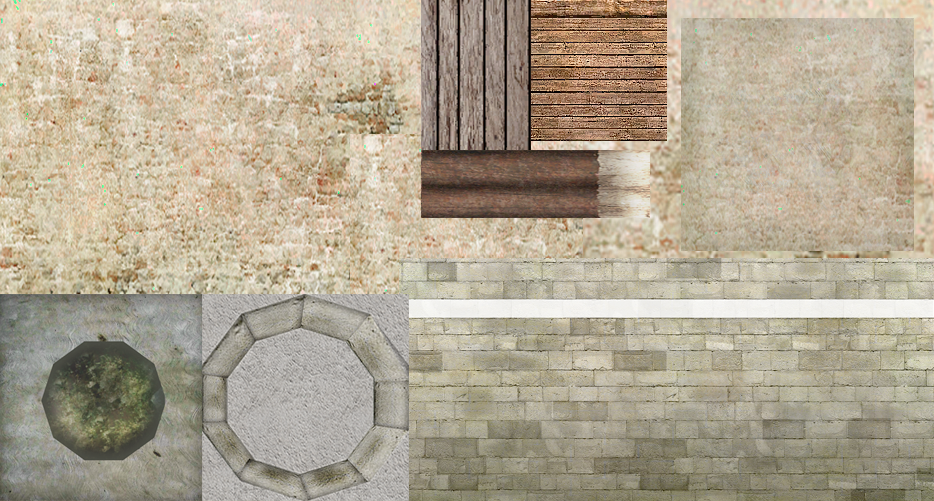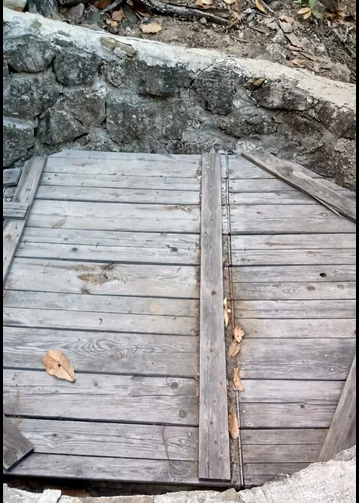-
Posts
25.684 -
Joined
-
Days Won
300
Everything posted by Lion.Kanzen
-
.thumb.png.ce58cea22940c255f5b0a735d5abee36.png)
Making my own template for buildings.
Lion.Kanzen replied to Lion.Kanzen's topic in Game Modification
-
.thumb.png.ce58cea22940c255f5b0a735d5abee36.png)
Civilization Proposal: Arabs/ Rashidun Caliphate/ Umayyads
Lion.Kanzen replied to Mega Mania's topic in 1,000 A.D.
The natural thing is to go for the Iranians first. From there by the Axumites and the Roman Arabs (Palmyra). -
.thumb.png.ce58cea22940c255f5b0a735d5abee36.png)
Parthians (or Arsacids) and Sasanians
Lion.Kanzen replied to Mega Mania's topic in General Discussion
Me gusta el centro cívico, pero prefiero un domo más grande. -
.thumb.png.ce58cea22940c255f5b0a735d5abee36.png)
Parthians (or Arsacids) and Sasanians
Lion.Kanzen replied to Mega Mania's topic in General Discussion
I was thinking of the Egyptian. -
.thumb.png.ce58cea22940c255f5b0a735d5abee36.png)
Minimap Icons
Lion.Kanzen replied to wowgetoffyourcellphone's topic in Game Development & Technical Discussion
-
.thumb.png.ce58cea22940c255f5b0a735d5abee36.png)
Civilization Proposal: Arabs/ Rashidun Caliphate/ Umayyads
Lion.Kanzen replied to Mega Mania's topic in 1,000 A.D.
the difference is little. basically my idea was a structure with a dome and many arches. -
.thumb.png.ce58cea22940c255f5b0a735d5abee36.png)
Civilization Proposal: Arabs/ Rashidun Caliphate/ Umayyads
Lion.Kanzen replied to Mega Mania's topic in 1,000 A.D.
It reminds me of the CC of the Sasanids that I proposed. -
.thumb.png.ce58cea22940c255f5b0a735d5abee36.png)
Other strategy games not RTS.
Lion.Kanzen replied to Lion.Kanzen's topic in Introductions & Off-Topic Discussion
-
It is logical, doctors cannot save themselves either. A doctor once told me that they were not a good role model with meals, most of their colleagues suffered from high sugar in the blood.
-
.thumb.png.ce58cea22940c255f5b0a735d5abee36.png)
Making my own template for buildings.
Lion.Kanzen replied to Lion.Kanzen's topic in Game Modification
Create rural areas outside the cities with bonuses for farms. ( Hidden farmlands). I don't know if that's what you were asking. -
@andy5995 In what topic are you taking the requests? I want to make a couple of requests with some ready-made maps.
-
.thumb.png.ce58cea22940c255f5b0a735d5abee36.png)
Minimap Icons
Lion.Kanzen replied to wowgetoffyourcellphone's topic in Game Development & Technical Discussion
2 things would be nice an expanded strategy map, and that the minimap can toggle between different visual options. -
.thumb.png.ce58cea22940c255f5b0a735d5abee36.png)
[Task] Development - Mesoamerican biome
Lion.Kanzen replied to Lion.Kanzen's topic in Rise of the East
-
.thumb.png.ce58cea22940c255f5b0a735d5abee36.png)
[Task] Development - Mesoamerican biome
Lion.Kanzen replied to Lion.Kanzen's topic in Rise of the East
I recorded this a few months ago in September. This is the rural area of San Marcos near the border with Nicaragua and El Salvador. there is a lot of humidity and that makes the climate cold. -
.thumb.png.ce58cea22940c255f5b0a735d5abee36.png)
[Task] Development - Mesoamerican biome
Lion.Kanzen replied to Lion.Kanzen's topic in Rise of the East
Yo puedo darte texturas. -
.thumb.png.ce58cea22940c255f5b0a735d5abee36.png)
Making my own template for buildings.
Lion.Kanzen replied to Lion.Kanzen's topic in Game Modification
-
.thumb.png.ce58cea22940c255f5b0a735d5abee36.png)
Making my own template for buildings.
Lion.Kanzen replied to Lion.Kanzen's topic in Game Modification
I am going to design the final version of this. I lost the original. the photo of this is a kind of water supply in a town 64 km from the capital. This is exactly a "naciente". It is exactly my concept of water supply, since it is in a rural area, with almost no industrial technology, primitively molded by human beings, at most stones and concrete, wood, The rest is all natural and caused by mountain water.


